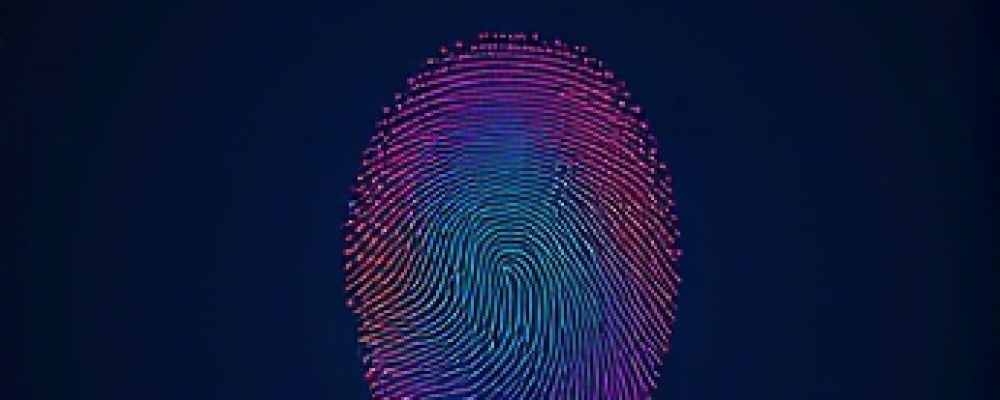Understanding the Digital Trail You Might Not Know You’re Leaving
In the ever-evolving landscape of the internet, businesses are constantly seeking ways to understand their audience better and enhance user experience. However, this quest for data sometimes treads into murky waters, and it’s crucial for organizations to be aware of the techniques employed, both for their own strategies and to understand potential privacy implications for their users. One such technique, often operating behind the scenes, is canvas fingerprinting.
What Exactly is Canvas Fingerprinting?
Imagine a digital signature, unique to each user, created without their explicit consent or even knowledge. That’s essentially what canvas fingerprinting achieves. It leverages the HTML5 <canvas>
element, originally designed for drawing graphics on web pages. The process involves instructing a user’s web browser to draw a hidden, complex graphic or text on this canvas.
The magic, or perhaps the concerning part, lies in the subtle variations in how different computers and graphics cards render this identical drawing. Factors like the operating system, installed graphics drivers, and even the specific browser being used influence the final image at the pixel level. This minute difference in rendering creates a unique, albeit anonymized, fingerprint
for that specific user’s setup.
Why Should Businesses Pay Attention?
For businesses, understanding canvas fingerprinting is no longer an optional extra; it’s becoming a necessity. Here’s why:
Enhanced User Identification
Unlike cookies, which can be easily deleted, or IP addresses, which can change, canvas fingerprints offer a more persistent method of identifying returning users. This can be valuable for various purposes, such as:
- Fraud Prevention: Identifying returning fraudsters even if they change IP addresses or clear cookies.
- Security: Detecting suspicious login attempts from unfamiliar devices.
- Personalization: Recognizing returning users to offer tailored content or experiences.
Beyond Traditional Tracking
Canvas fingerprinting operates independently of traditional tracking methods like cookies. This means it can still identify users who block or delete cookies, providing a more comprehensive view of user behavior across websites. This can be particularly appealing for marketing and analytics purposes, allowing for a more complete picture of the customer journey. At Unifers, we understand the importance of comprehensive data analysis, and being aware of techniques like canvas fingerprinting helps businesses build a more robust understanding of their audience, which in turn allows for more effective and respectful engagement strategies.
The Ethical Tightrope: Privacy Concerns
While the potential benefits for businesses are clear, canvas fingerprinting raises significant ethical concerns, primarily around user privacy. Users are typically unaware that this process is taking place, and there’s no straightforward way for them to opt out. This covert nature of data collection can feel intrusive and erode user trust.
Furthermore, the persistent nature of canvas fingerprints means that individuals can be tracked across different browsing sessions and even across different websites that employ the same fingerprinting techniques. This raises questions about the extent to which individuals’ online activities are being monitored without their explicit consent.
Navigating the Legal and Regulatory Landscape
The legal landscape surrounding online tracking is constantly evolving. Regulations like GDPR in Europe and CCPA in California place restrictions on the collection and use of personal data. While canvas fingerprints are often anonymized, they can still be considered personal data under certain interpretations, especially if combined with other identifiable information. Businesses need to be acutely aware of these regulations and ensure their practices comply. Transparency is key. Even if not explicitly required by law in all jurisdictions, informing users about data collection practices, including the use of canvas fingerprinting (perhaps within a comprehensive privacy policy), can foster greater trust.
Detecting and Mitigating Canvas Fingerprinting
For users concerned about being tracked via canvas fingerprinting, options for detection and mitigation are somewhat limited. Since it operates at the browser level, simply clearing cookies won’t suffice.
Some browser extensions and privacy-focused browsers aim to disrupt the fingerprinting process by either blocking the canvas API entirely or by injecting noise into the rendering process, making the fingerprint less unique. However, these solutions can sometimes interfere with website functionality. The ongoing arms race
between tracking techniques and privacy tools means that effective mitigation strategies are constantly evolving.
Best Practices for Businesses
For businesses considering or currently using canvas fingerprinting, a responsible and ethical approach is paramount:
- Transparency: Be upfront with users about your data collection practices. Update your privacy policy to clearly explain the use of canvas fingerprinting.
- Minimize Data Collection: Only collect data that is truly necessary for your stated purposes.
- Anonymization and Pseudonymization: Ensure that collected fingerprint data is anonymized or pseudonymized to protect user identities.
- Security Measures: Implement robust security measures to protect the collected fingerprint data from unauthorized access.
- Compliance: Stay informed about and comply with all relevant data privacy regulations.
- Consider Alternatives: Explore alternative methods for achieving your business goals that may be less privacy-intrusive.
The Future of Identification and Privacy
Canvas fingerprinting is just one piece of the broader puzzle of online identification and privacy. As technology advances, new techniques for tracking and identifying users will undoubtedly emerge, and regulations will likely continue to adapt. Businesses need to proactively engage in discussions about ethical data collection and prioritize user privacy. Solutions like Unifers are continually evolving to help businesses navigate this complex landscape, providing tools and insights that balance business needs with user privacy expectations.
Conclusion: Informed Decisions in a Complex Landscape
Canvas fingerprinting is a powerful technique with the potential for both beneficial and potentially privacy-invasive applications. Every business should understand how it works, its implications, and the ethical considerations involved. By embracing transparency, prioritizing user privacy, and staying informed about the evolving legal landscape, businesses can navigate this complex area responsibly and build stronger, more trust-based relationships with their customers.









